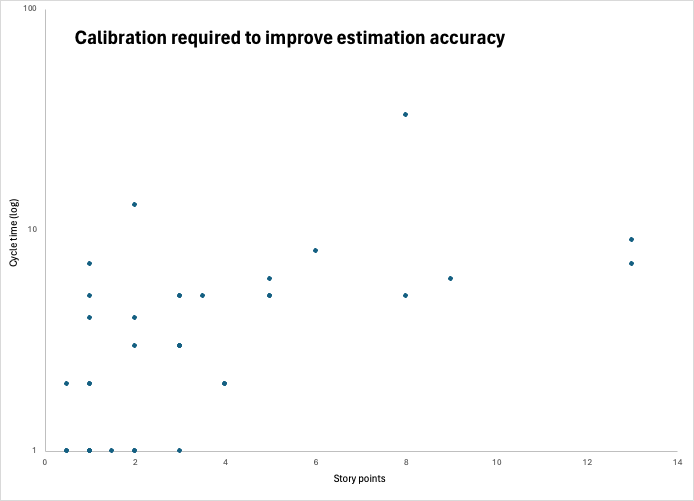Estimates are notoriously bad. In the world of agile development, inaccurate estimates can lead to missed deadlines, blown budgets, and frustrated teams. But why is estimation so challenging?
Estimates are predictions, and predictions are inherently uncertain. Human biases, lack of historical data, and the complex nature of software development add layers of difficulty. Fortunately, there are proven tactics to improve estimation consistency and accuracy.
Calibration and Accuracy
Calibration is crucial for improving estimation accuracy.
Calibration involves using examples of stories at each story point level. This allows estimators to compare current stories against these yardsticks. When teams have a clear, calibrated reference, their estimates become more reliable. Calibration sessions should be a regular practice, ensuring everyone is on the same page regarding story points.
Overcoming Cognitive Biases
Biases significantly affect estimation abilities.
Overconfidence and the planning fallacy often lead to overly optimistic estimates. Utilising previous examples and the wideband Delphi technique can mitigate these biases. The wideband Delphi method involves multiple rounds of estimation and discussion, reducing individual biases through collective intelligence.
Use of Historical Data
Historical data is a powerful tool for calibration.
Even incomplete or imperfect historical data can provide a valuable reference point. By examining past project data, teams can identify patterns and trends that inform current estimates. This historical perspective helps ground estimates in reality, improving their accuracy.
Outside View
Adopting the outside view can reduce estimation biases.
The outside view involves looking at the general distribution of outcomes based on historical data rather than focusing solely on the specific case at hand. This approach helps counteract optimism and other cognitive biases, leading to more realistic estimates.
Quantifying Uncertainty
Quantifying uncertainty is essential in estimation.
Rather than avoiding uncertainty, it should be acknowledged and measured. This approach leads to better decision-making. For example, if a task has many external dependencies, increase the estimate to account for the risk of unresolved issues. This proactive strategy helps manage potential pitfalls.
Quantify Confidence
Expressing confidence levels enhances estimation accuracy.
Providing a range of estimates and expressing a level of confidence can be very effective. For instance, stating, "I'm 90% confident this is between a 3 and an 8," helps communicate uncertainty and sets realistic expectations. This practice builds transparency and trust within the team.
I’m 90% confident these techniques will help
By integrating these strategies, agile teams can significantly improve their estimation practices. Regular calibration, addressing cognitive biases, leveraging historical data, adopting the outside view, and quantifying uncertainty and confidence create a robust framework for reliable estimates.
Ultimately, these tactics enhance estimation accuracy and empower teams to deliver projects more effectively and efficiently.

